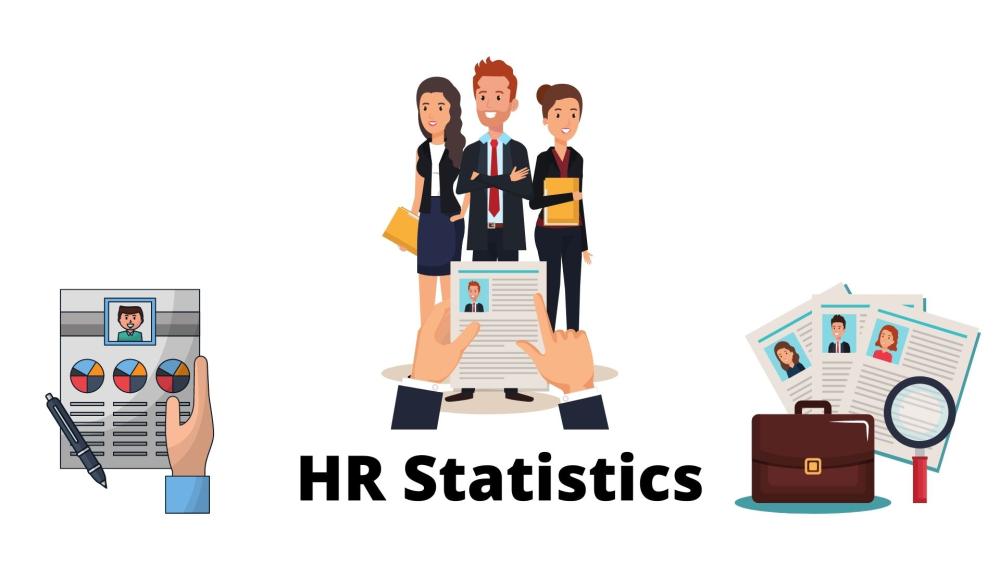
How Important Are Hiring Statistics for HR in a Company
In today’s competitive business landscape, HR teams cannot rely on intuition alone. Data-driven decisions are becoming the backbone of efficient hiring, and hiring statistics play a crucial role in streamlining recruitment strategies, improving candidate quality, and enhancing overall organizational performance. Whether you're a growing startup or an established enterprise, understanding and leveraging hiring statistics can significantly transform the way your company attracts and retains talent.
1. Hiring Statistics Improve Recruitment Accuracy
HR teams are responsible for identifying the right talent individuals who are not only skilled but also culturally aligned with the company. Hiring statistics give HR a clearer picture of who succeeds in the organization. Metrics such as time-to-hire, cost-per-hire, and candidate conversion rates provide insights into the efficiency and effectiveness of current recruitment practices.
By evaluating these numbers, HR managers can pinpoint bottlenecks, reduce time wastage, and ultimately hire better candidates.
2. They Help Forecast Workforce Needs
Workforce planning is essential for business continuity. Hiring statistics give HR teams the ability to forecast future needs by analyzing trends such as:
- Peak hiring periods
- Turnover rates
- Department-wise skill shortages
With accurate forecasting, companies can avoid talent gaps and ensure departments are well-equipped to hit their performance goals.
3. Improve Candidate Experience
A strong candidate experience helps establish your employer brand. Recruitment data—such as application drop-off rates or feedback scores reveals how applicants perceive your hiring process. If candidates abandon applications midway, it may indicate lengthy forms, slow response times, or unclear instructions.
By addressing these areas, HR can create a smooth, engaging, and candidate-friendly hiring journey.
4. Reduce Hiring Costs
Hiring is expensive, but hiring stats help HR cut unnecessary costs. For example, data may reveal that certain job platforms consistently produce better candidates at a lower cost. Alternatively, statistics might show that employee referrals shorten the hiring cycle and reduce onboarding expenses.
Armed with these insights, HR leaders can allocate budgets more effectively and adopt smarter hiring channels.
5. Enhance Diversity and Inclusion (D&I) Efforts
Diversity statistics are essential for promoting fair hiring practices. By monitoring demographic data at each hiring stage, HR teams can identify potential biases and ensure equal opportunities for all candidates.
This not only strengthens workplace culture but also opens the door to more creativity, innovation, and better problem-solving across teams.
6. Support Employee Retention Strategies
Retaining top talent begins at the hiring stage. Data such as first-year turnover or new employee performance scores helps HR determine whether hiring decisions are contributing to long-term success.
This insight allows HR to refine job descriptions, improve screening processes, and ensure new hires are a strong match for organizational expectations.
7. Improve Engagement With Tools Like Slack Employee Recognition
Once new employees are hired, maintaining engagement is equally essential. Integrating hiring data with tools like Slack employee recognition enables HR to monitor employee performance and acknowledge achievements in real time.
When employees feel valued early on, retention improves, morale rises, and the overall employee experience becomes more positive. Linking hiring data with recognition programs ensures employees receive the support they need from the moment they enter the company.
Conclusion
Hiring statistics are more than just numbers they are strategic tools that empower HR teams to make informed decisions, refine hiring processes, and enhance employee experiences from recruitment to retention. By leveraging these insights and integrating them with engagement tools like slack employee recognition, companies can cultivate a thriving work environment and sustain long-term success.
If you'd like, I can also format this blog for WordPress, add metadata, or create social media captions to go along with it.
